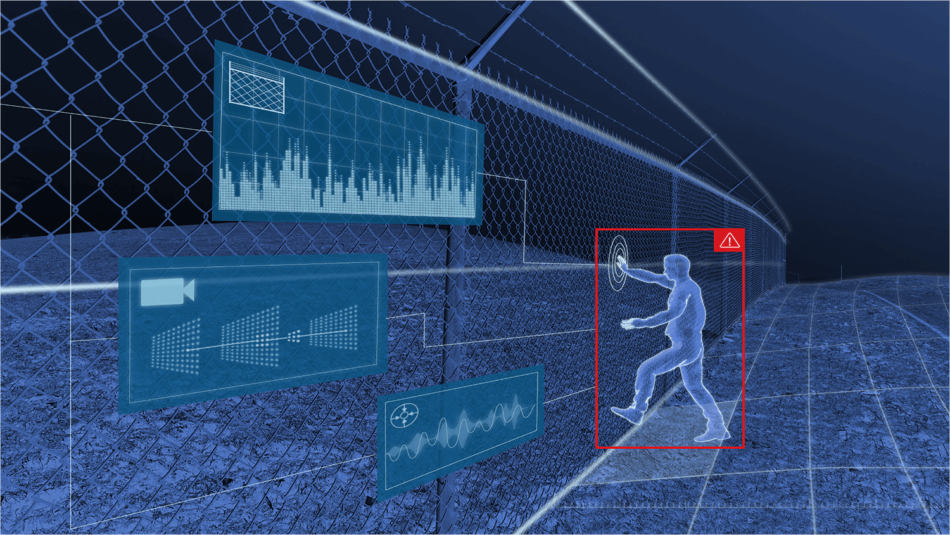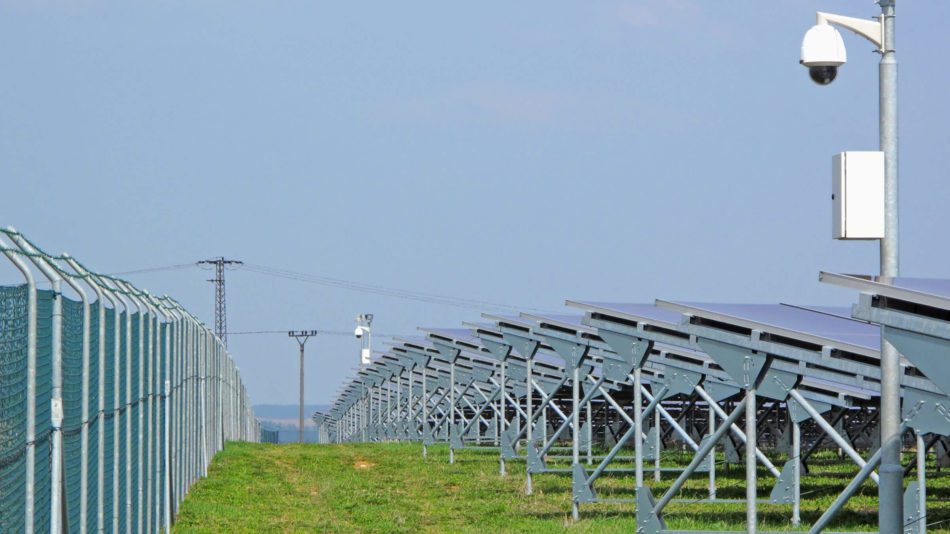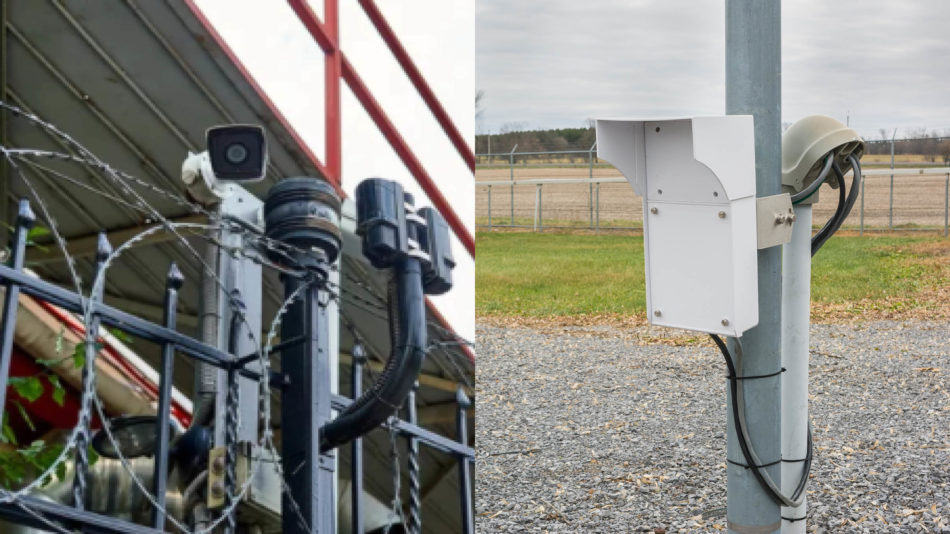Sensor Fusion: The Next Generation of Perimeter Security

Today’s perimeter security technologies have been pushed to their practical performance limits yet can still generate occasional nuisance or false alarms under specific circumstances. This affects system performance and costs companies money. It’s one reason why the industry is ready for the next evolutionary step in perimeter security: sensor fusion.
Sensor fusion is still a relatively new technology in perimeter security circles. With this newness often comes misunderstanding. In this multi-part blog series, we’ll discuss sensor fusion as a critical part of a security portfolio: what it is, how it works, and what benefits it delivers. We’ll also discuss solutions that sometimes claim to be sensor fusion but aren’t, explaining how to tell the difference and what precisely sets them apart.
More Than the Sum of Its Parts
Sensor fusion is the process of combining simultaneous inputs from different types of sensors to extract meaningful signals with a much higher fidelity than is possible from individual sensors in isolation.
You may have heard the term “sensor fusion” referenced in other industries such as self-driving cars or self-navigating robots. Sensor fusion in perimeter security applies the same concept and technology underpinnings: using sophisticated machine learning techniques to derive intelligent results from potentially unclear inputs. It analyzes data streams from security cameras, fence sensors, volumetric sensors, and other inputs to reliably identify events like intrusion attempts or even maintenance needs.
Because it develops a model of the external world from several distinct input types, a security solution incorporating sensor fusion can leverage the strengths of its composite sensor technologies while minimizing the potential drawbacks of each sensor type individually. The ability to extract the best data from multiple inputs allows sensor fusion technology to achieve unparalleled levels of performance.
Boolean Integration Not the Same
“Combining inputs” sounds simple and straightforward, but a system only qualifies as using sensor fusion if those inputs are combined in a particular way. A common misrepresentation of sensor fusion is a system that uses simple Boolean logic to derive its decisions. Boolean logic is a way to combine “true” and “false” values with functions such as AND, OR, and NOT. As an example, a security system using Boolean logic might report an intrusion if the fence sensor detects motion AND the camera picks up movement.
However, a true sensor fusion system does not just compare top-level “true/false” outputs from each monitored source. This simple logic is nowhere near as sophisticated or nuanced as sensor fusion, which is far more accurate as it examines the overall context. Because there can often be confusion or oversimplification between these two approaches, we’ll provide an in-depth comparison in a later post in this blog series on why sensor fusion is not the same as sensor integration.
Artificial Intelligence at Its Heart
Inside a sensor fusion system are advanced mathematics (digital filters, probabilistic models, and neural networks) that process raw data from a combined sensor array. The sensor fusion algorithms need massive amounts of parallel processing power as well as access to the low-level sensor data, which is not available when systems are from multiple vendors.
Sensor fusion systems cannot extract subtle features from the constant stream of sensor data they process unless they’ve been first trained. Training involves collecting large amounts of data to systematically fine-tune the algorithms. The algorithms aren’t just trained on simple variables but also on the qualitative attributes of the sensor data such as location, signal intensity, and confidence levels. With enough data, the system builds correlations between the complex input streams and the events it needs to detect.
Even more importantly, it learns what sorts of patterns don’t merit attention, even when those patterns might fool simpler systems. A sensor fusion system might detect simultaneous fence vibration AND camera movement, yet still be able to recognize a false alarm triggered by the wind and nearby, non-threat, human activity. Or conversely, produce an intrusion alarm with high confidence even when a skilled intruder is employing a method to defeat a specific sensor. The sensor fusion system can also be fed with historical information about the site and the outcome of alarms, allowing it to learn as it goes and improve its ability to correctly sense security issues.
Increased Context for Informed, Intelligent Decisions
For perimeter security applications, sensor fusion has direct, practical benefits, namely the ability to maximize the strengths of individual sensor technologies while avoiding their shortcomings. It not only defeats nuisance and false alarms but increases the likelihood that security teams can make informed, intelligent decisions. Better still, it allows companies to take advantage of these improvements while using their existing perimeter and video surveillance infrastructure. We’ll cover the additional benefits of sensor fusion as well as the performance differences between Boolean logic integration and sensor fusion in upcoming posts.
Blog #2
Senstar’s new Senstar Symphony™ Sensor Fusion Engine is driven by the Senstar Symphony™ Common Operating Platform.


